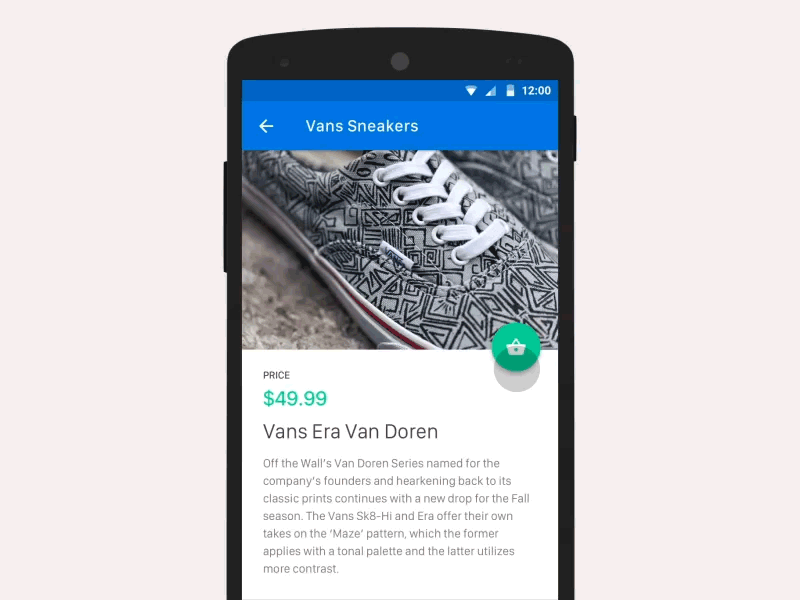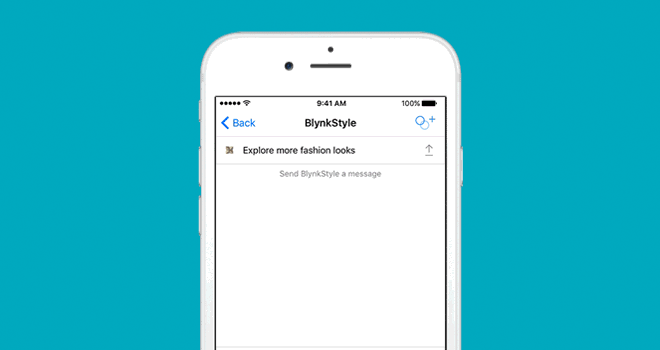The art and science of user experience is centered around questions like “why?” and “how?” These are the questions that guide developers as they design products for a wide variety of users with a growing and diverse set of needs. Continually refined design will advance and evolve over time as designers explore different interactions and mediums, watching and studying how people use products, and in return improving upon the skills that we as designers have been refining for so long.
When designers look at the experiences people have with their products, many times they take a broad approach. This involves what decision journey the user might take when experiencing a product. Moving forward, we need to begin analyzing more than the broad strokes; taking more time and care to analyze all of the small details and design to these as well. In this way, every little thing can be scrutinized, analyzed and perfected. This attention to detail could mean the difference between a user choosing the product you design or instead going to a competitor.

As consumers become more sophisticated and are exposed to higher levels of technological advancement, they will continue to expect more from user experiences. This is why refining and designing for even the smallest of details will become more and more important moving forward. The more refined the experience, the more engaging it will be, and thus, the more rewarding. The key to designing for this more sophisticated audience will be in keeping that audience’s needs and desires clearly in mind, refining the product until it’s as close to perfection as possible given the technological restraints of the time.
The amount of marketing, effort and manpower that’s put into product launches these days will also need to account for user experience as products become more advanced. Demand for more advanced design will also be driven by consumers in the process, calling for product experiences that won’t deteriorate as quickly as past designs.

Moving the focus of UX early in a product’s development life cycle will pay off far more in the long run as companies take the time to launch products that are of a higher quality. These well-developed products will be successful because they are properly researched, designed, tested and developed in these early stages. Poorly designed and launched products have the capacity to disappoint their target audience and turn them off to future UX-focused products.
In today’s fast-paced market, people want exactly the product they need at the exact time they need it. Imagine an app that stores recipes. It could be designed in a way that it’s connected to a shared shopping list. This list could locate you and anyone else you are sharing the list with, wherever you are, and remind you to procure the proper ingredients. This list would follow you and the others connected to it no matter what device you are using; whether it is your desktop computer, laptop, tablet or mobile device. As items are updated, it could alert the people on the shared ingredient list so there is no duplication of efforts. This would eliminate the need to coordinate with each other via texting, emailing or calling, streamlining the process and making it more efficient.

Products like this one can help users make decisions and complete tasks with the help of artificial intelligence and bots. This in turn can help make us work better, shop smarter and utilize our free time more effectively. UX will evolve in this user process, changing in anticipation of the users’ needs.
The future of user experience is changing rapidly. Designers and product developers will begin to realize as time passes that UX will stand on its own, becoming just as valuable as the products or services they are promoting. User experience and its ever-expanding body of knowledge as a whole are being refined and redefined continually as we continue to develop and learn. Part of this evolution will be discovering and learning as designers what works and what doesn’t work, as well as how to best serve the people we are designing for.

Leave a Reply